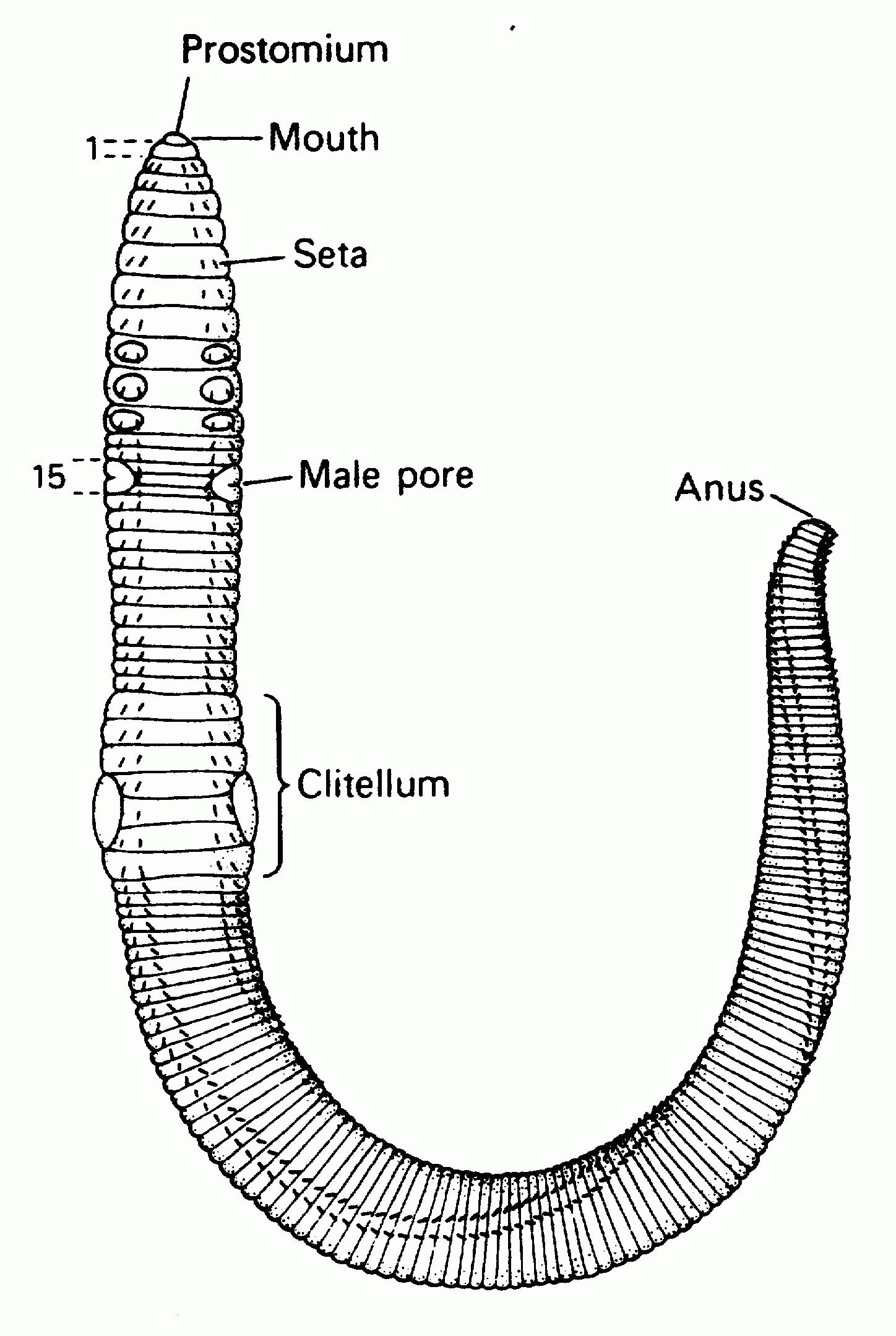PATHOGEN DETECTION
Identification of The Microscopic Killers
Types of Pathogens
Bacteria
Bacteria are unicellular prokaryotic organisms; that is, they have no organized internal membranous structures such as nuclei, mitochondria, or lysosomes. Their genomes are circular, double-stranded DNA that is associated with much less protein than eukaryotic genomes. Most bacteria reproduce by growing and dividing into two cells in a process known as binary fission. Despite these commonalities that group them together in the Kingdom Monera, there is a wide range of diversity among the bacteria.

Common Types of Bacteria:
-
Bacillus are rod shaped, gram-positive, aerobic, or anaerobic bacteria that is mostly found in water or soil.
-
Coccus are spherically shaped bacterium, but come in different groups
-
Spirillum are spiral shaped bacterium that are mostly found in the water and are gram-negative with clusters of flagellum at the ends that allow the cell to become mobile.

Fungi
Fungi are eukaryotic, heterotrophic organisms (obtains food and energy from organic substances) that have rigid cellulose walls and reproduce mainly with spores. Most are multicellular but some are unicellular. They infect both plants and animals. An example of disease caused by fungi are ringworm, vaginal yeast infections, and thrush (a throat infection) for those who use antibiotics. Antibiotics lower the bacterial infections but allows for unaware yeast growth in the throat or vagina.

Yeast Cell Structure
Protozoa

Protozoans are unicellular, heterotrophic eukaryotes that feed off of other organic material. One of the most familiar protozoans are amoeba and paramecium. They're able to move freely and are contracted through infected water, food, or bite of infected arthropod. Malaria, a tropical disease that causes 300 million to 500 million cases annually, is caused by multiple species of a protozoan, Plasmodium. Common example of a protozoan disease in the U.S. is diarrhea. It's caused mostly by either Giardia lamblia or Cryptosporidium parvum.
Helminths are simple invertebrate animals, some are parasitic. They have differentiated cells and are multicellular. Their similarities to humans make drug treatment of infections difficult because it kills both helminths and human cells.
Most helminths have complex reproduction cycles with multiple stages, most of the time requiring a host. Swimmer's itch in the U.S. is an example of a disease caused by helminths. Helminths are transmitted by contaminated food, water, or soil where eggs or larvae are laid.
Prions

Scrapie Transmission Diagram
Prions are "proteinaceous infectious particles" that have been recently linked to degenerative disorders of the central nervous system. Known diseases include Creutzfeldt-Jakob disease (in humans), scrapie (in sheep), and bovine spongiform encephalopathy, "Mad Cow disease". All known diseases cause holes to form in the brain of the host. Prion diseases are either spread hereditarily, eating infected tissue, or from infected tissue transplants.


